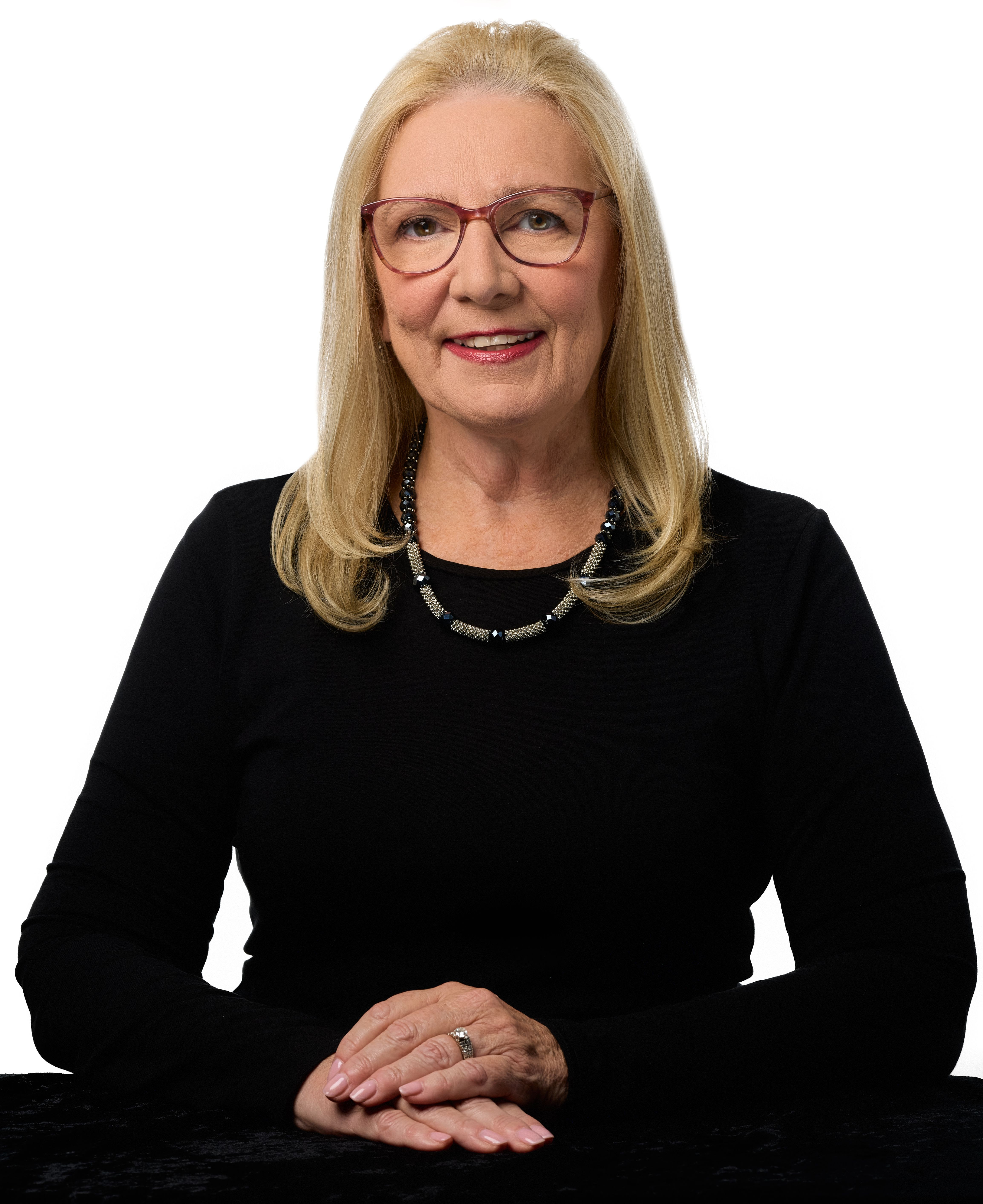
More 401(k) participants increased their contribution rate in the fourth quarter, led by millennials, in 2024, according to new data from Bank of America. The average contribution rate was 6.6%, up from 6.5% at mid-year. While 3-in-4 participants kept their contribution rate consistent, 21% of participants increased their rate in Q4 (up from 9.7% in Q3), led by millennials.
“Although the quarter closed with a lower average account balance compared to Q3, it was up 16% year-over-year,” said Lisa Margeson, Managing Director of Workplace Benefits Retirement Research at Bank of America. “These results can be due to a range of factors, both individual and macroeconomic. In Q4 2024, more participants increased their 401(k) contribution rate compared to previous quarters … Additionally, positive market forces likely helped grow participant balances across the board.”
Recommended For You
The new Q4 report, Participant Pulse: Tracking the financial wellness of plan participants, provides a snapshot of plan participants' retirement readiness, examining 401(k) contribution rates and account balances, as well as participants’ overall financial wellness. The average account balance at year-end was approximately $100,300, down slightly from Q3 ($103,000), but up 16% compared to year-end 2023 ($86,000), according to BofA.
Plan participants may access or make changes to their workplace benefit accounts in response to many factors, and certain metrics, in part, can signal participant sentiment of financial confidence. This quarter, significantly more participants increased their retirement contribution rate, led by younger generations. Although the quarter closed with an average lower retirement account balance, it was up more than 15% compared to a year earlier, according to BofA data.
Compared to last quarter, fewer participants borrowed from their retirement account, and loan amounts were smaller; hardship distributions were fairly comparable. On a positive trending note, for the eighth consecutive quarter, there was a decline in participants with a loan in default, according to BofA. About 4 in 10 participants contributed more than they withdrew from their health savings account, and while Gen X-ers contributed the most, millennials saved the most; but, still, few participants are taking advantage of the investment feature to grow their health care savings. Overall financial wellness scores are holding steady, and there is still a gender gap, according to BofA.
“In the latest Q4 data, millennials increased their 401(k) contribution rates more than other generations,” said Margeson. “We see similar results when we look at millennial contributions to other savings vehicles, like Health Savings Accounts (HSAs) where they have saved more of their HSA than other participants (35%, versus 25% of other generations). Though it’s difficult to attribute these savings increases to one cause, broader macroeconomic trends and factors like improving wage growth among millennials may be at play.”
The average HSA account balance at year-end was $5,000, up year-over-year from $4,400. In Q4, on average, Gen X employees contributed the most (nearly $2,000), while millennials were most likely to have saved their HSA funds (35%). Only 14% of account holders invested their HSA for future growth, meaning many employees are not taking advantage of HSA’s investing potential.
The average overall financial wellness score was 49, consistent with Q3 and slightly down from 51 at year-end 2023. The gender gap remains with women continuing to trail men in their financial wellness score (46 vs. 52, respectively).
Related: Redefining retirement for Gen Z and millennials: Actionable insights for employers and advisors
“This data suggests a positive trend for plan participants’ overall retirement readiness, though it's important to note that savings goals are personal to individual circumstances,” said Margeson. “From a broad view, increasing average account balances year-over-year, combined with steadily increasing contribution rates and decreasing loan balances, indicate increasing retirement readiness this quarter. However, employers can continue to support employee retirement readiness, through 401(k) match programs and offering financial planning tools to help employees track their progress toward retirement.”© 2025 ALM Global, LLC, All Rights Reserved. Request academic re-use from www.copyright.com. All other uses, submit a request to [email protected]. For more information visit Asset & Logo Licensing.








